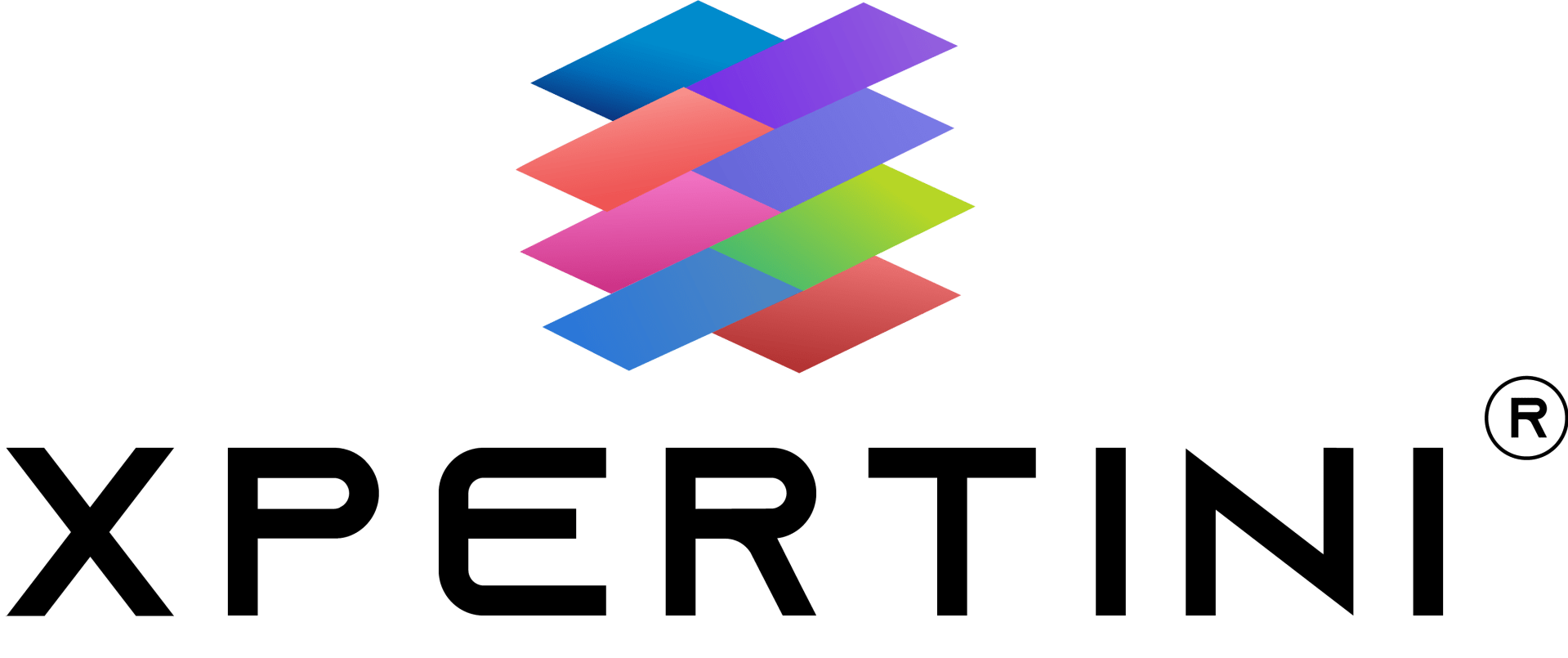Across industries and geographical boundaries, a potent force is reshaping workplaces: diversity, equity, and inclusion (DE&I). No longer relegated to buzzwords or compliance checklists, these core values are recognized as fundamental to fostering thriving, high-performing work environments. This blog post delves into the distinct yet intertwined pillars of Diversity, Equity, and Inclusion in the Workplace, exploring their transformative potential and illuminating the tangible benefits they cultivate.

1. Understanding the Nuanced Spectrum: Defining Diversity, Equity, and Inclusion
Clarity is crucial in embarking on any Diversity, Equity, and Inclusion in the Workplace journey. Diversity encompasses the rich tapestry of human experiences, encompassing not just demographics like race, gender, and sexual orientation, but also diverse perspectives, skillsets, and life journeys. Equity, on the other hand, focuses on creating a level playing field, addressing historical disadvantages and systemic biases to ensure everyone has an equal opportunity to thrive. Finally, inclusion goes beyond mere presence; it’s about actively fostering a sense of belonging, where individuals feel valued, respected, and empowered to contribute their unique talents to the collective good.
2. The Business Imperative: Unleashing the Power of Diverse Teams
Diversity, Equity, and Inclusion in the Workplace isn’t just about moral imperatives; it’s a strategic advantage. Studies consistently demonstrate that diverse teams outperform homogenous ones. They foster innovation by stimulating creative collisions of ideas, enhance problem-solving through varied perspectives, and better connect with a globalized customer base. Companies embracing Diversity, Equity, and Inclusion in the Workplace attract and retain top talent, cultivate a more engaged workforce, and ultimately drive superior financial performance.
3. Beyond Representation: Building an Equitable Ecosystem
While representation is a crucial starting point, DE&I in the workplace demands systemic change beyond mere numbers. Equitable hiring practices, meritocratic promotion pipelines, and inclusive company cultures that challenge unconscious biases are essential. Unconscious bias training, microaggression awareness campaigns, and robust grievance mechanisms create a safe space for diverse voices to be heard and valued. Remember, equity transcends representation; it’s about ensuring everyone has a fair chance to reach their full potential.
4. Fostering Belonging: Cultivating a Tapestry of Voices
Inclusion is the heart of Diversity, Equity, and Inclusion in the Workplace. It’s about creating an environment where everyone feels heard, respected, and empowered to contribute their unique talents. This requires more than just policies; it demands empathy, cultural sensitivity, and a genuine commitment to understanding and celebrating diverse perspectives. Fostering open communication, promoting mentorship opportunities, and actively seeking feedback from underrepresented groups are essential steps in cultivating a sense of belonging and ensuring everyone feels part of the fabric of the organization.
5. Championing Change: Leading from the Top
Successful Diversity, Equity, and Inclusion require champions at all levels, but true transformation starts at the top. Leadership commitment is crucial in setting the tone, allocating resources, and holding the organization accountable for progress. Visible leadership involvement, championing diverse talent, and openly addressing bias and discrimination send a powerful message that Diversity, Equity, and Inclusion in the Workplace is not an afterthought, but a core value embedded in the company’s DNA.
6. Embracing Continuous Learning: A Perpetual Growth Journey
DE&I in the workplace is not a destination; it’s a continuous journey of learning and growth. Regularly assessing progress, seeking feedback from diverse employees, and adapting strategies based on data and lived experiences are crucial for sustained success. Embracing learning opportunities, attending workshops on unconscious bias, and actively building cultural competency are essential for individuals at all levels to contribute to a more inclusive work environment.
7. Celebrating Diverse Voices: Amplifying Underrepresented Narratives
Promoting inclusivity also means actively amplifying diverse voices. Creating platforms for underrepresented groups to share their stories, perspectives, and challenges humanizes the DE&I journey and fosters understanding. Encouraging diverse representation in leadership roles, mentoring programs, and internal communication channels showcases the value of diverse perspectives and inspires others to embrace an inclusive mindset.
8. Measuring Impact: Quantifying the Value of DE&I
While the qualitative benefits of DE&I in the workplace are undeniable, demonstrating its quantitative impact is equally important. Tracking metrics like employee engagement, retention rates, diversity in leadership positions, and customer satisfaction provides tangible evidence of the positive business outcomes associated with a strong DE&I culture. This data empowers leadership to advocate for continued investment and showcase the strategic value of DE&I to stakeholders.
9. Embracing Allyship: Building Bridges Across Differences
Creating an inclusive workplace requires collective effort. Allyship, the active effort to stand up for and support marginalized groups, fosters a community of shared responsibility. By educating ourselves on diverse experiences, challenging our own biases, and speaking up when we witness injustice, we become active participants in building a more inclusive future. Remember,
10. Embarking on Your DE&I Journey: Charting a Course for Positive Change
Creating a truly diverse, equitable, and inclusive workplace is a marathon, not a sprint. Embarking on this journey requires commitment, patience, and a willingness to learn and adapt. Here are some actionable steps you can take, regardless of your position within the organization:
- Educate yourself: Dedicate time to understanding the complex nuances of DE&I. Read books, watch documentaries, and attend workshops to gain deeper insights into diverse experiences and systemic biases.
- Challenge your own biases: We all hold unconscious biases, even the most well-intentioned individuals. Actively reflect on your own biases and seek out opportunities to challenge them.
- Speak up: If you witness an act of discrimination or microaggression, don’t remain silent. Speak up respectfully but firmly, and encourage others to do the same.
- Be an ally: Actively support and advocate for marginalized groups. Offer mentorship, speak up for their ideas, and challenge discriminatory practices whenever you encounter them.
- Hold leadership accountable: Encourage your leaders to prioritize DE&I initiatives and hold them accountable for progress. Ask questions, offer suggestions, and make your voice heard.
- Celebrate diversity: Celebrate cultural holidays, promote diverse voices in communication channels, and recognize the unique contributions of individuals from different backgrounds.
Additional Resources:
Table of Contents
Categories:
Latest Posts:
FAQs:
How can I convince my organization to prioritize DE&I initiatives?
A: Gather data on the positive impact of DE&I on business performance, such as increased innovation and improved employee engagement. Share successful case studies from other companies, and encourage dialogue with leadership about the long-term benefits of investing in a diverse and inclusive workforce.
What are some resources I can use to learn more about DE&I?
A: There are numerous resources available, including books, articles, websites, and online courses. Some reputable organizations include the National Diversity Council, the Society for Human Resource Management, and the Center for Talent Innovation.
What if I feel uncomfortable speaking up about bias or discrimination?
A: You are not alone. Speaking up can be challenging, but it is essential to create a more inclusive workplace. Seek support from colleagues or allies, and consider raising your concerns anonymously through reporting mechanisms available within your organization.
